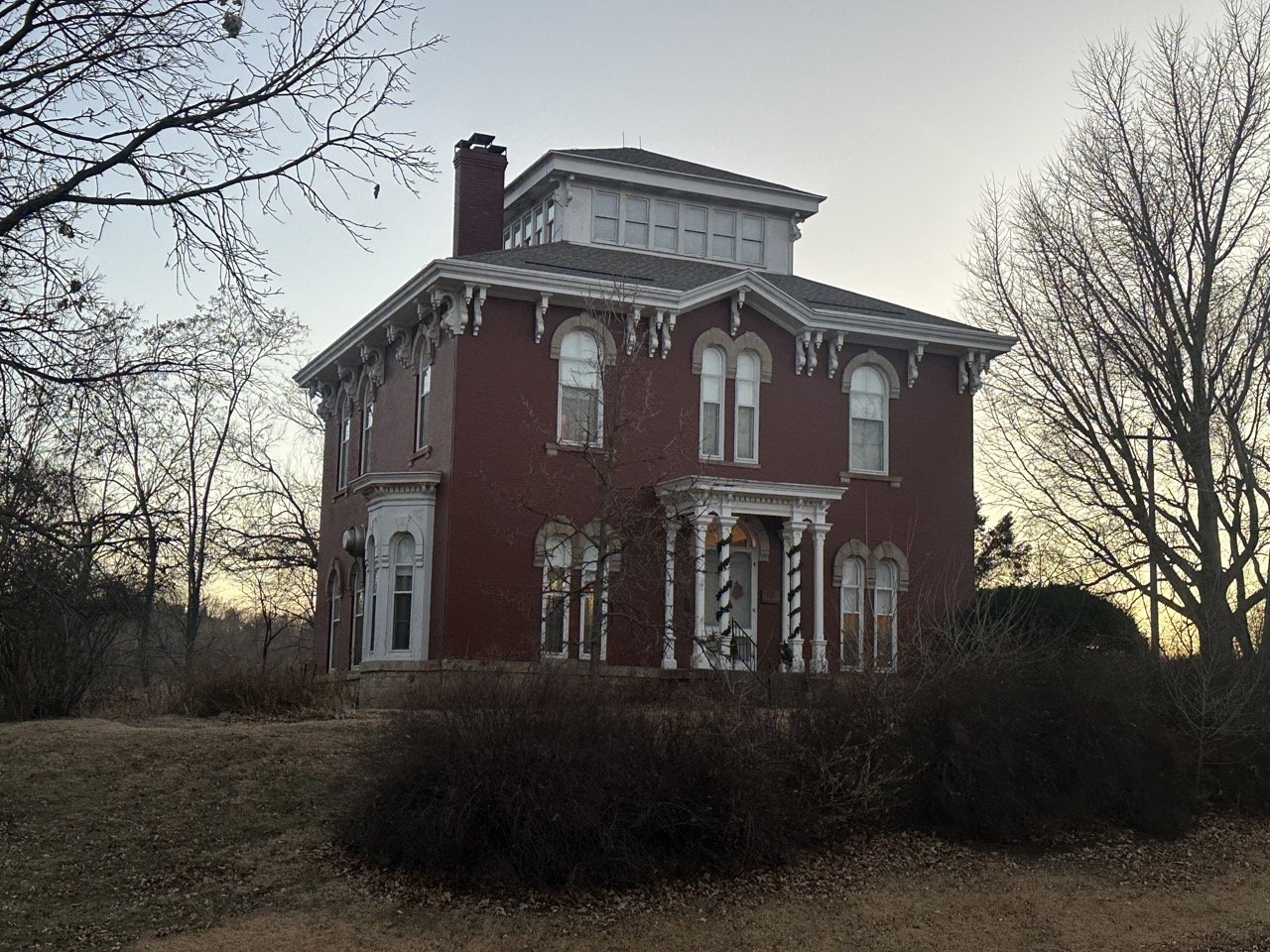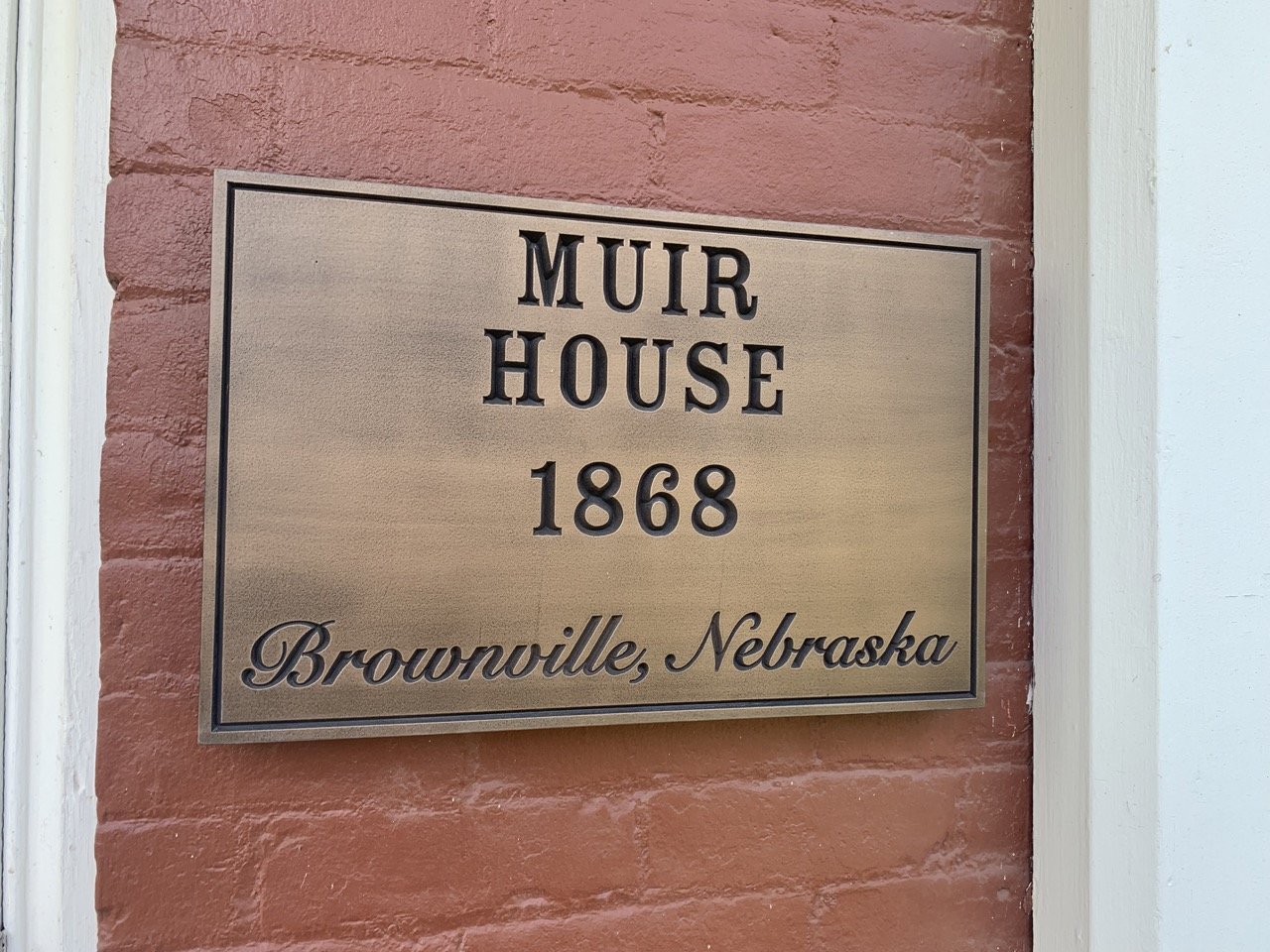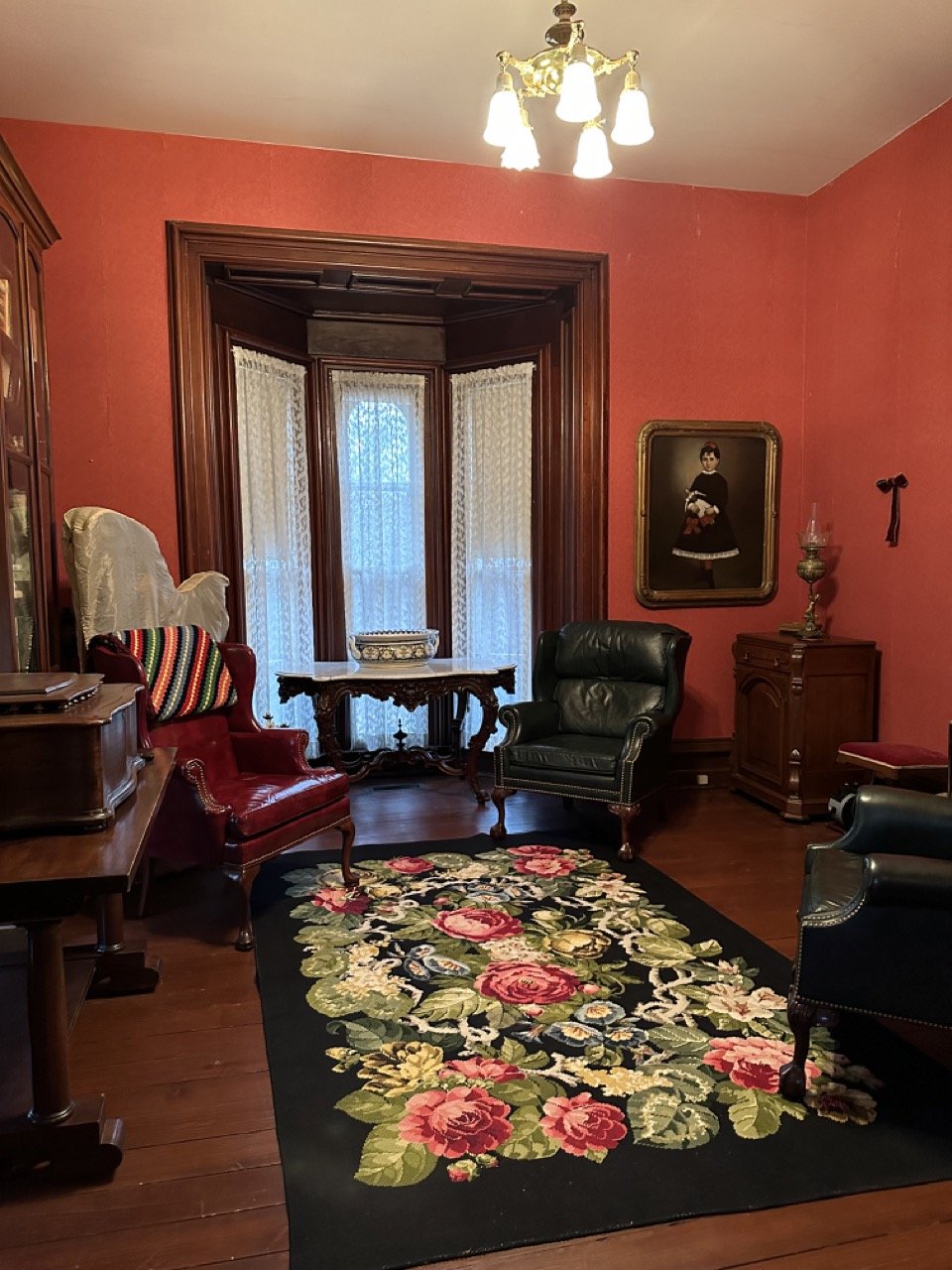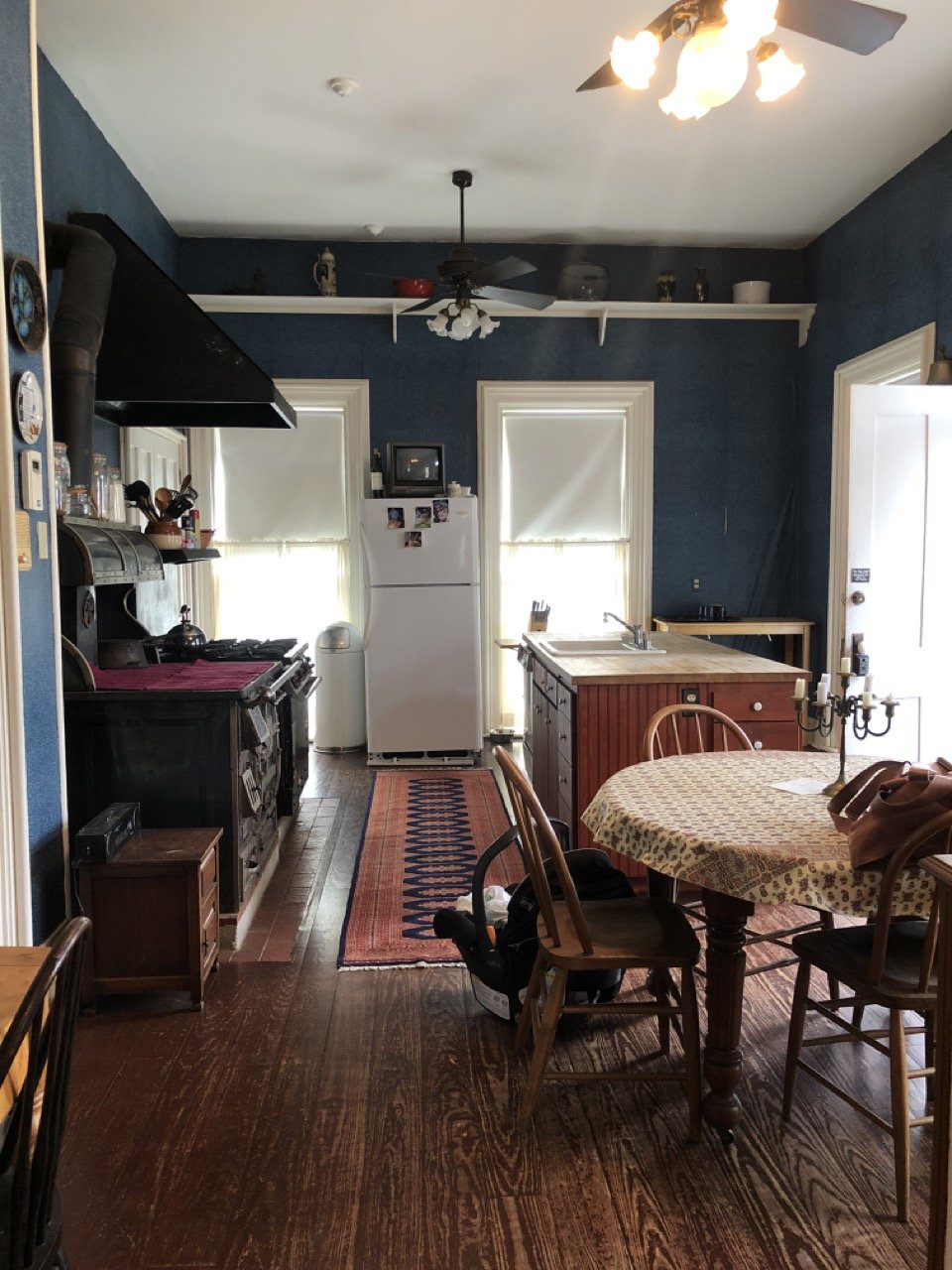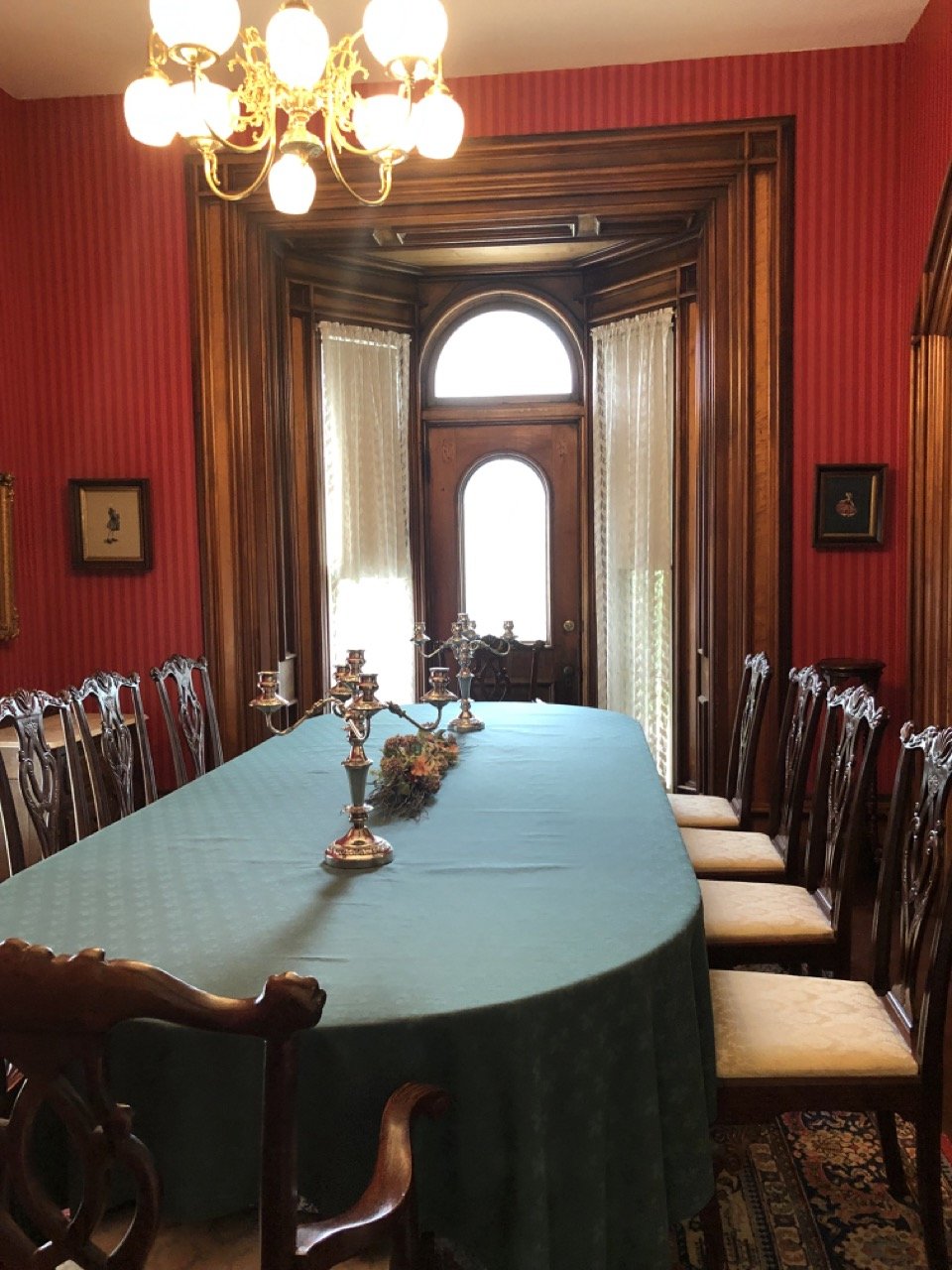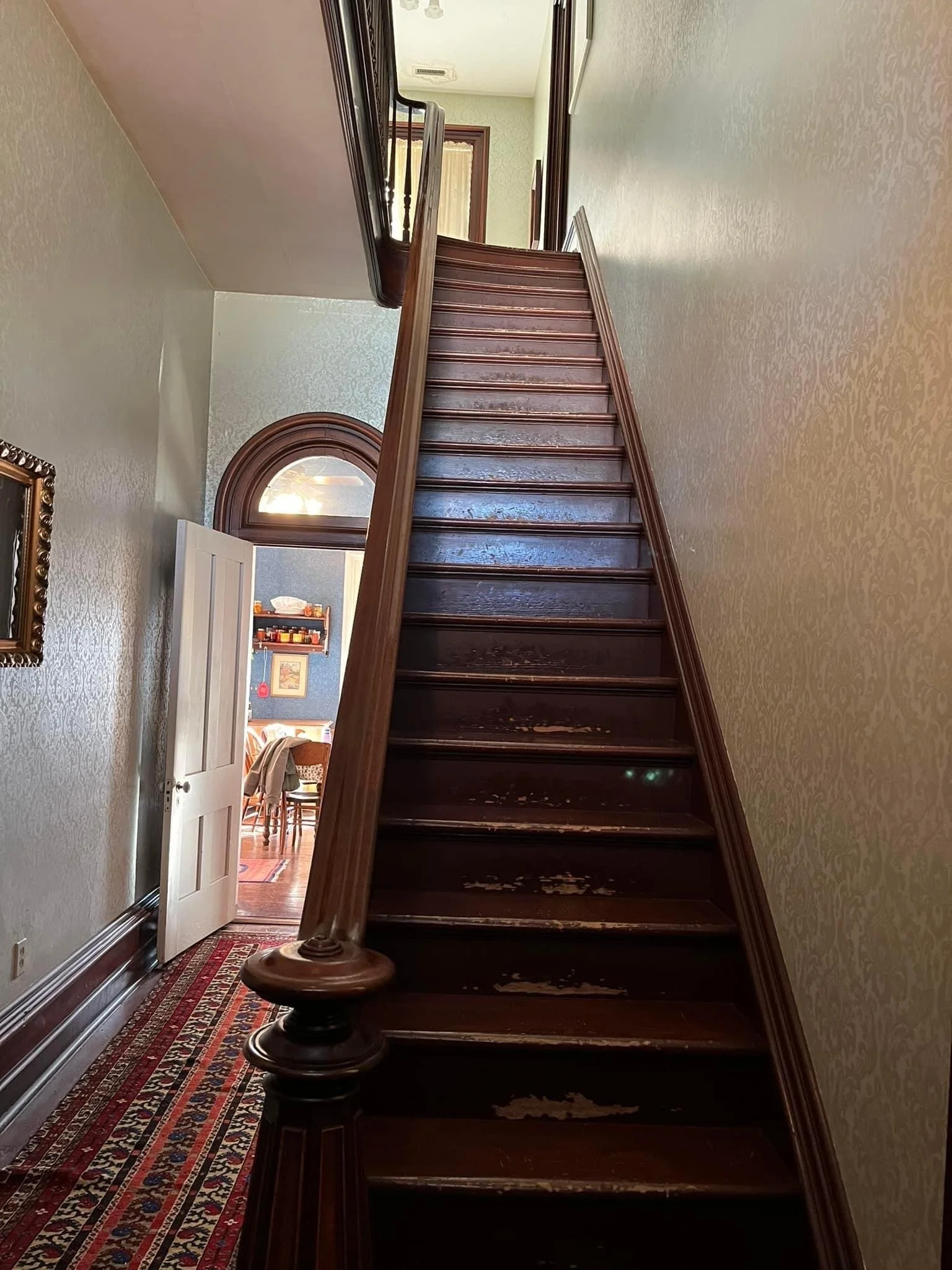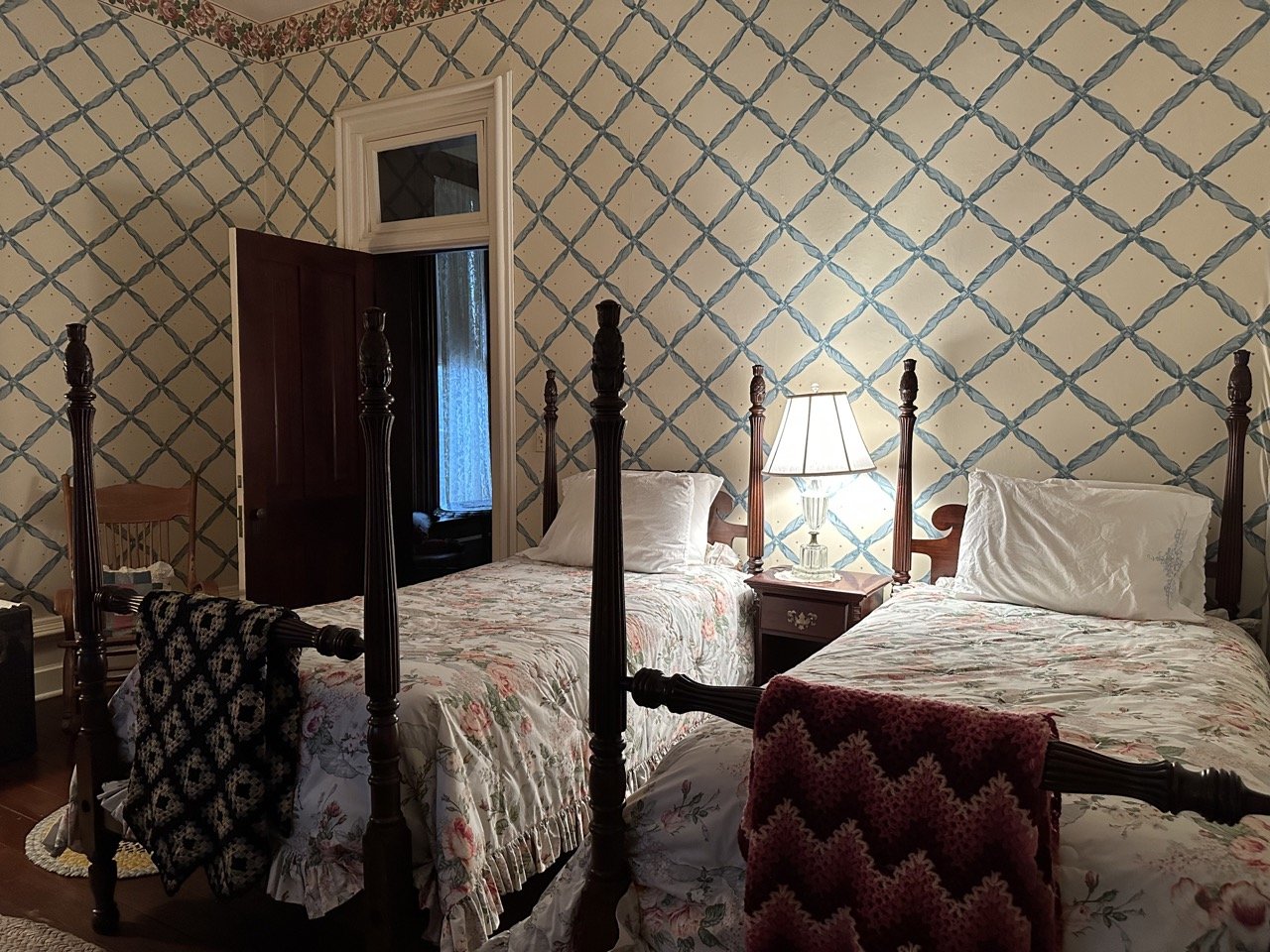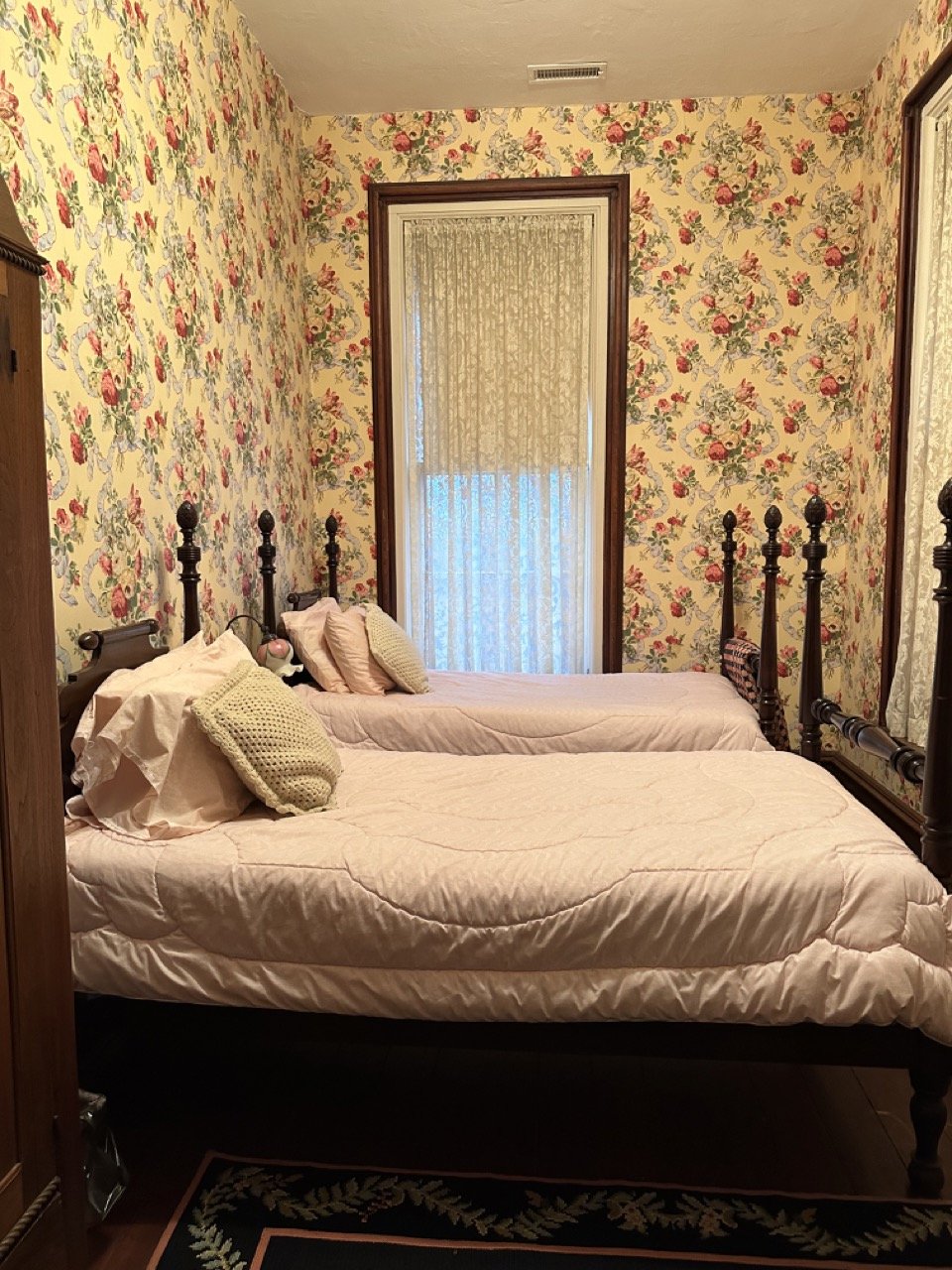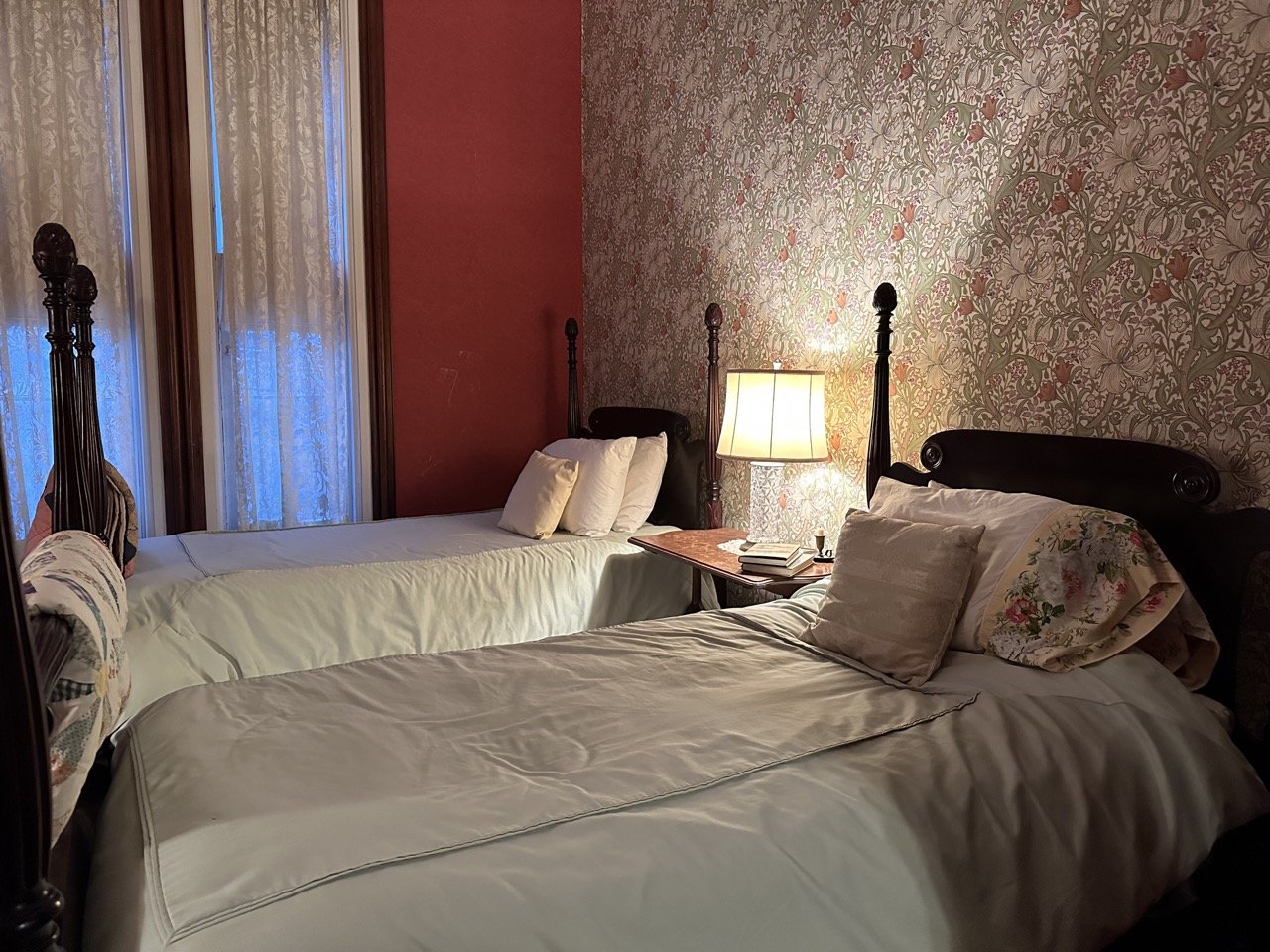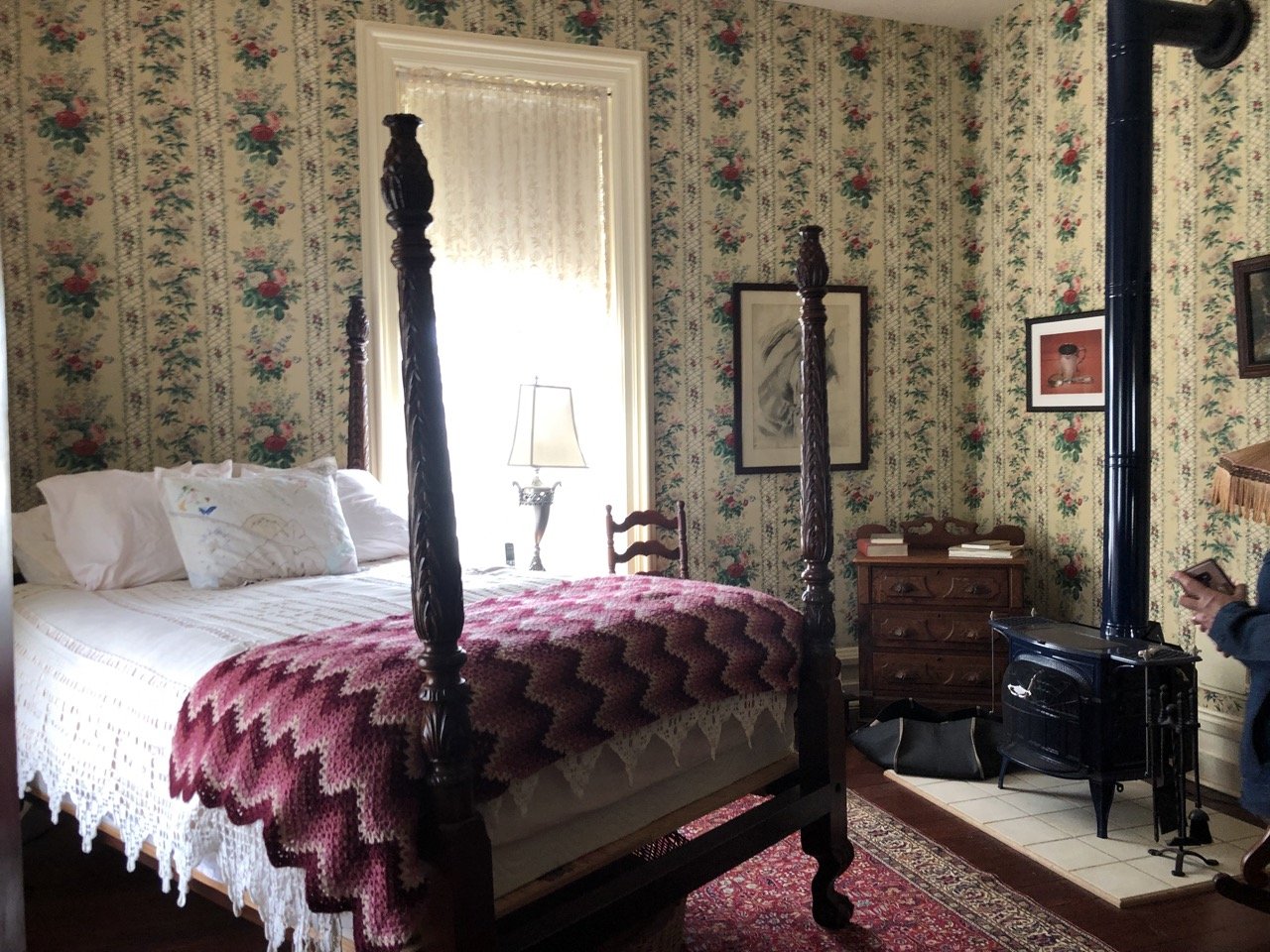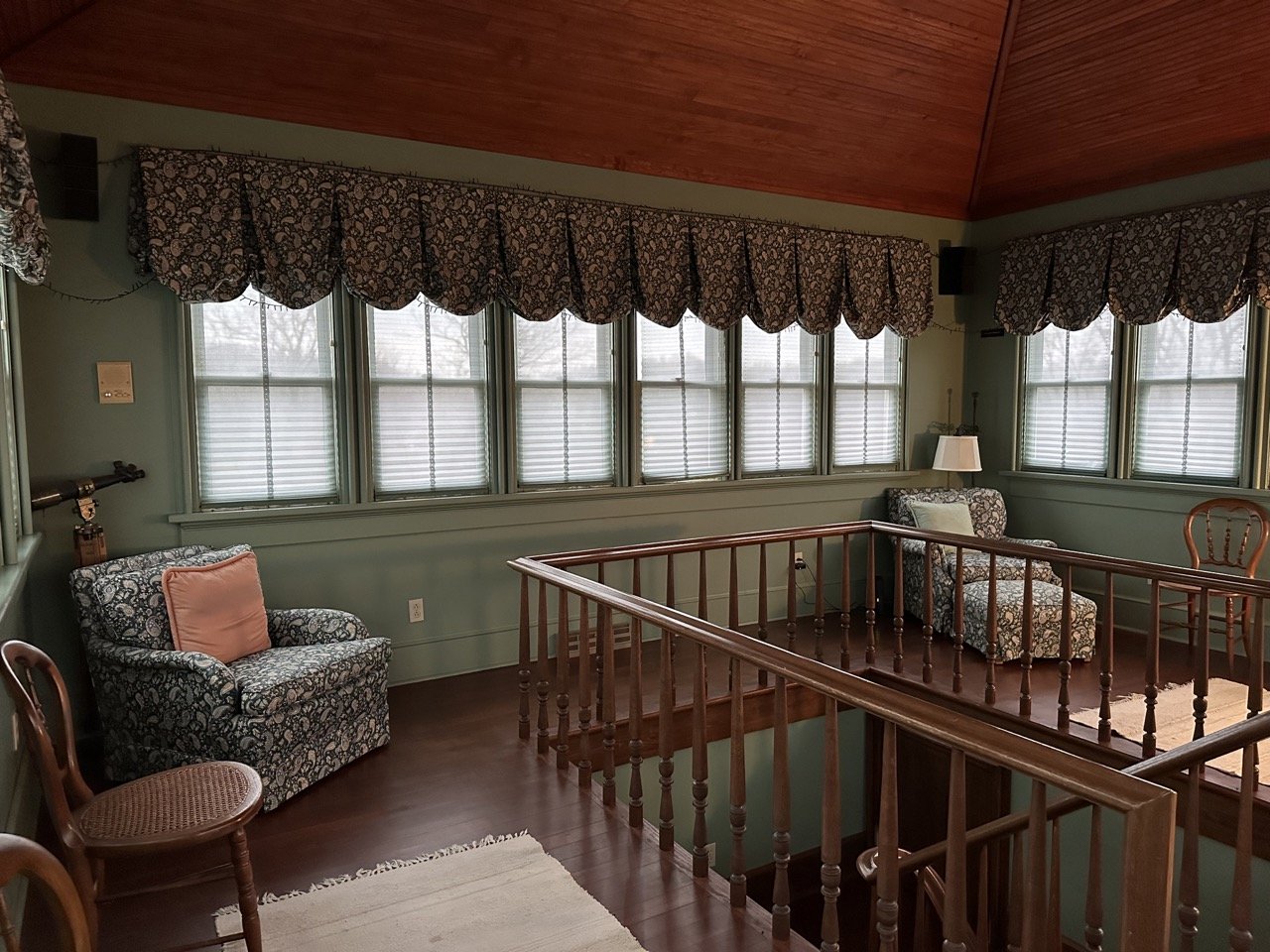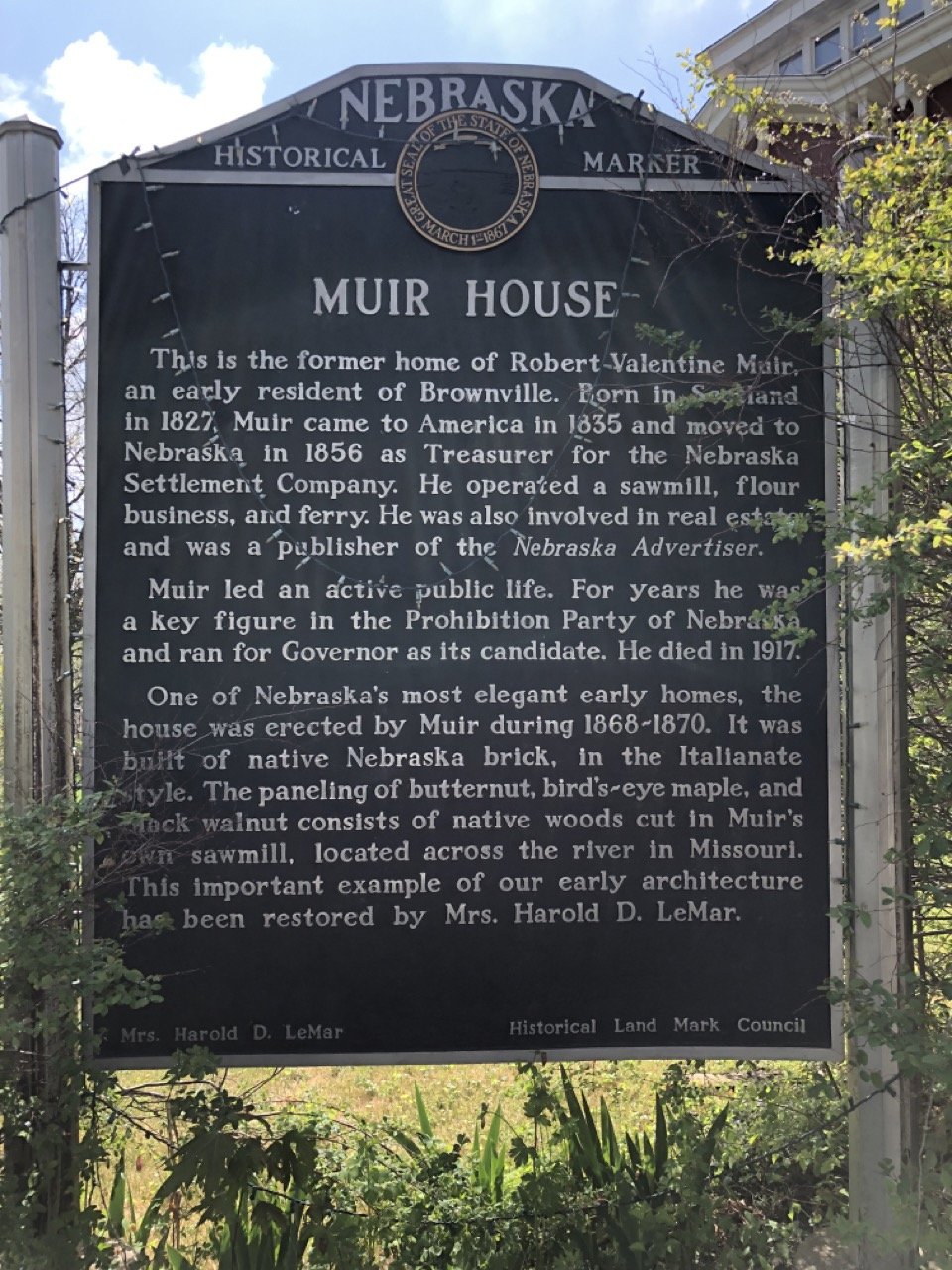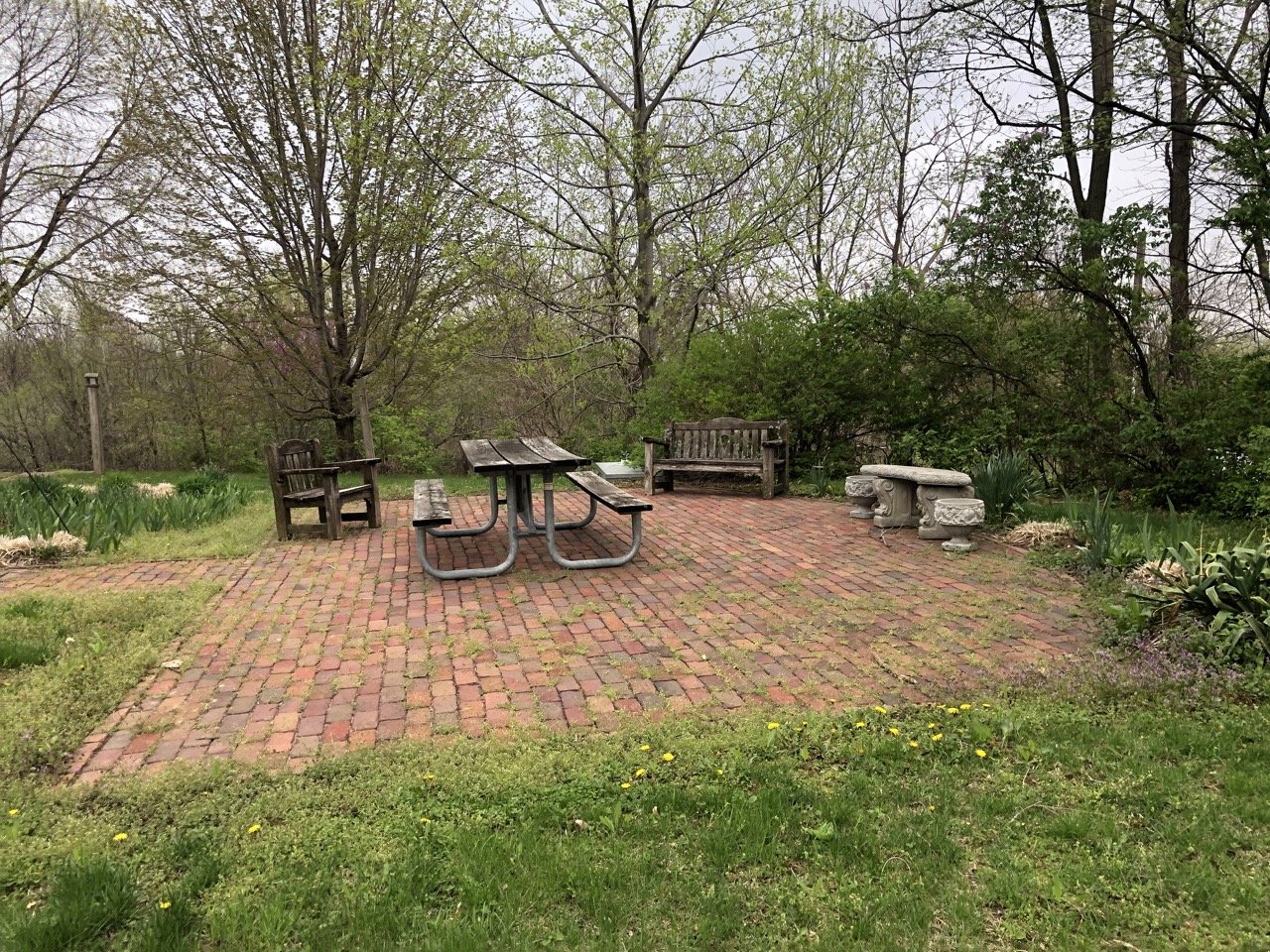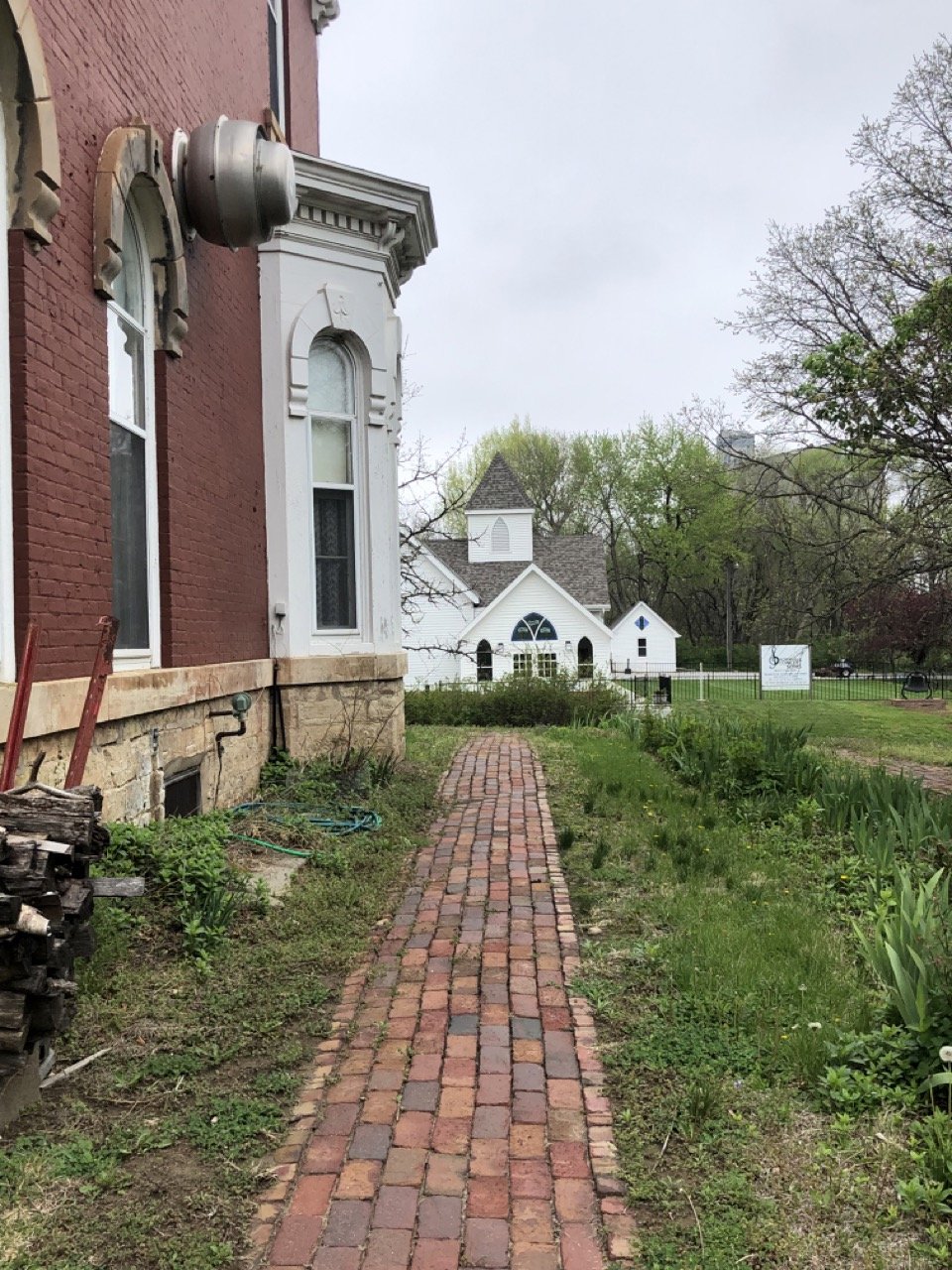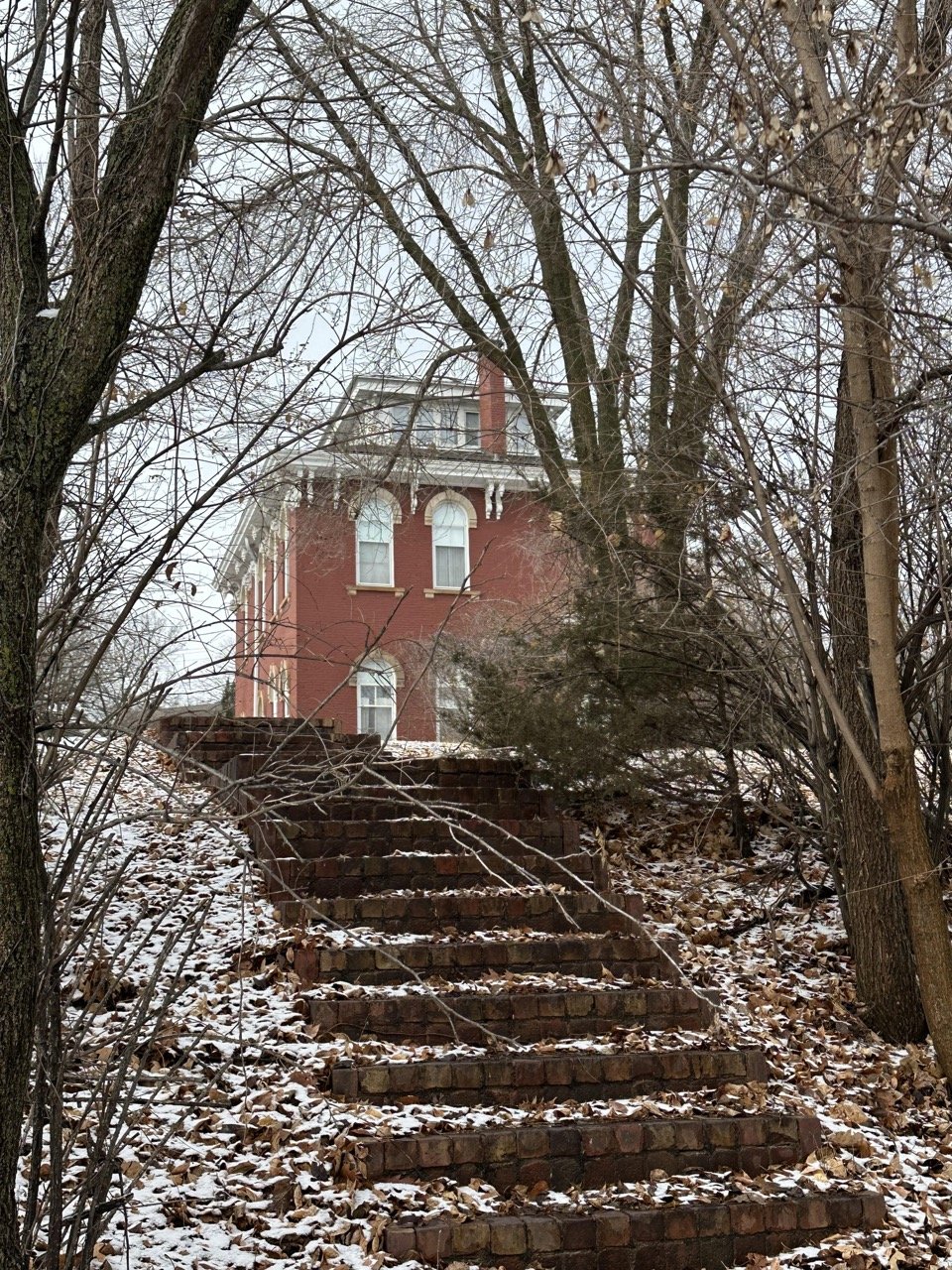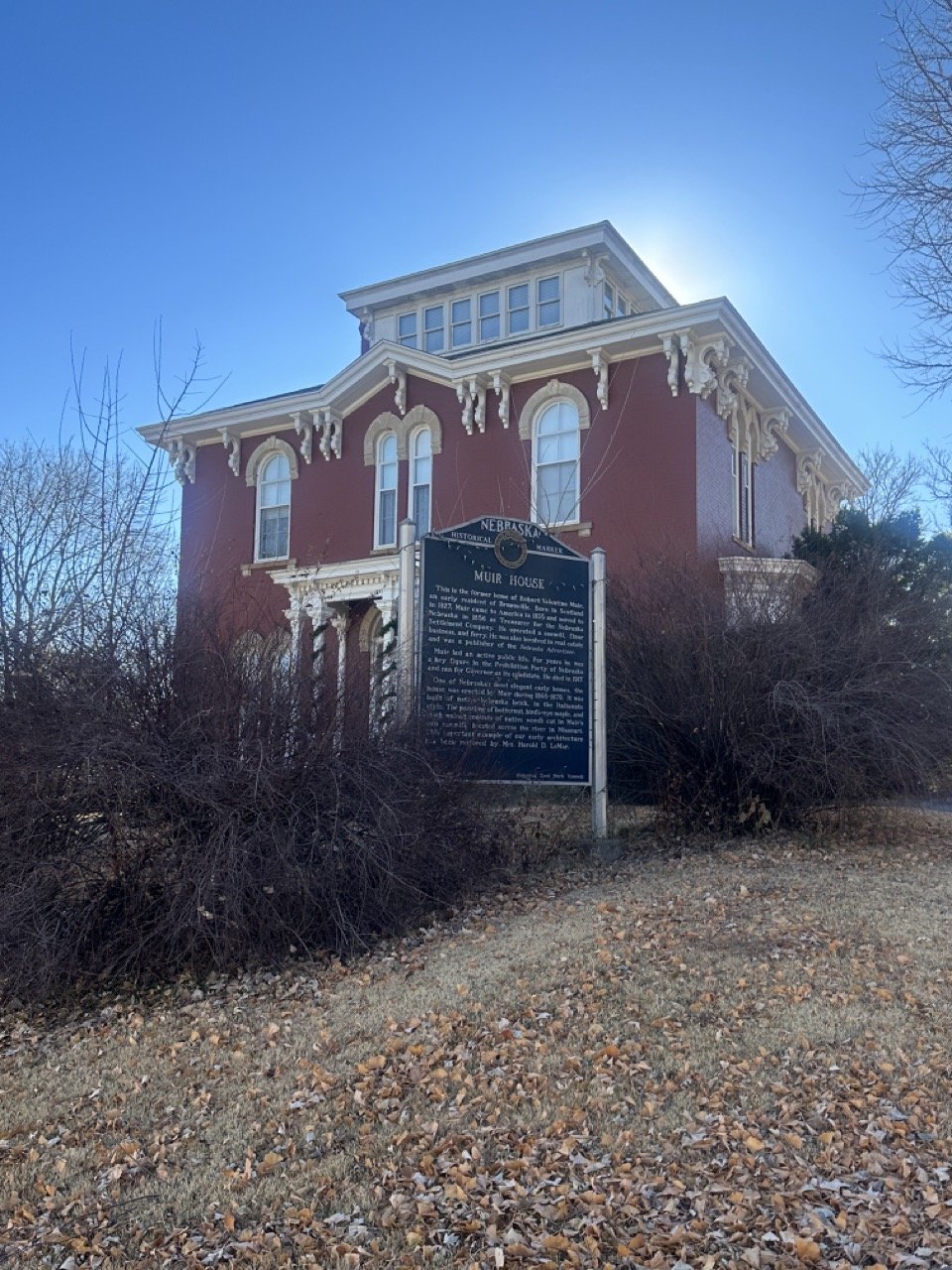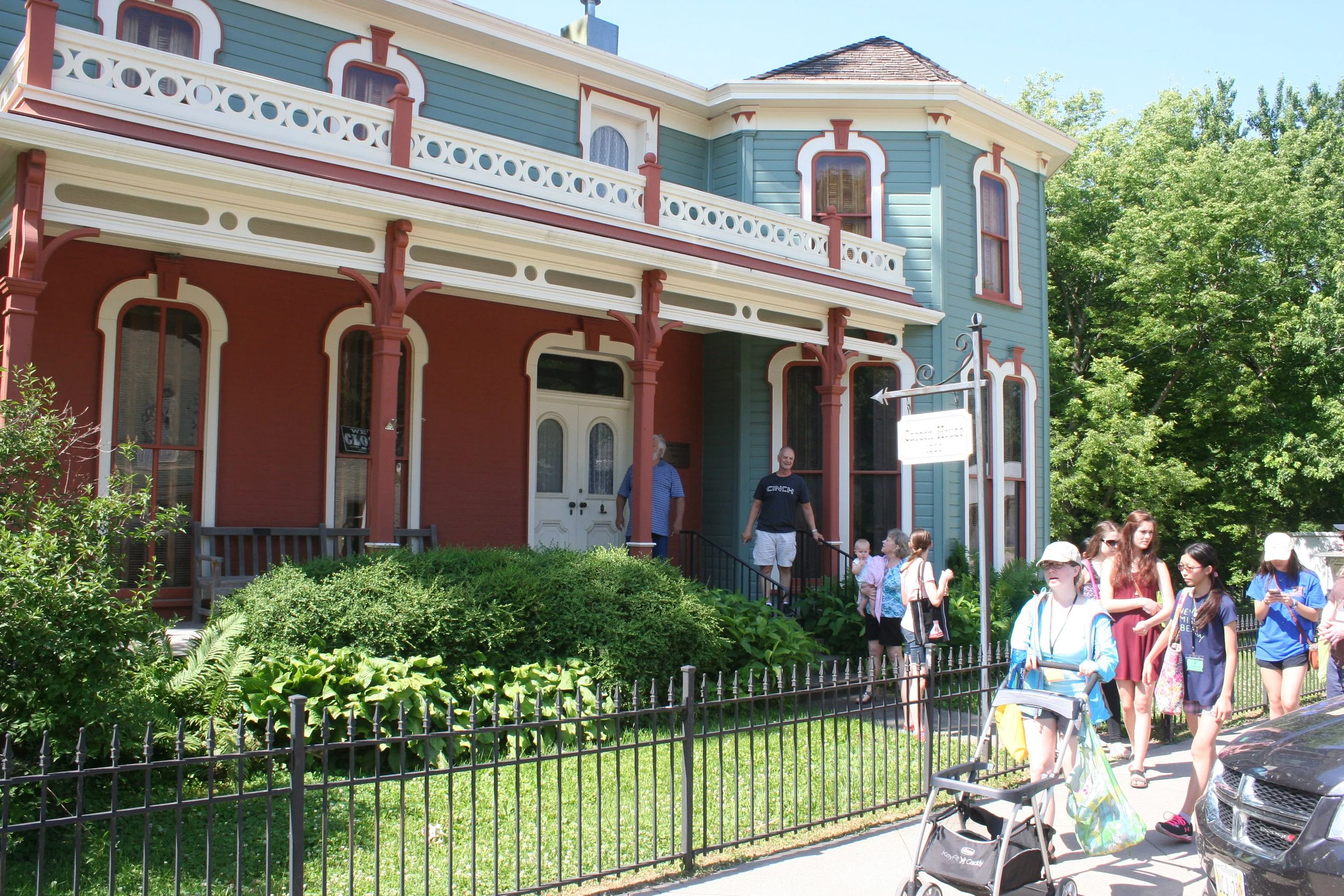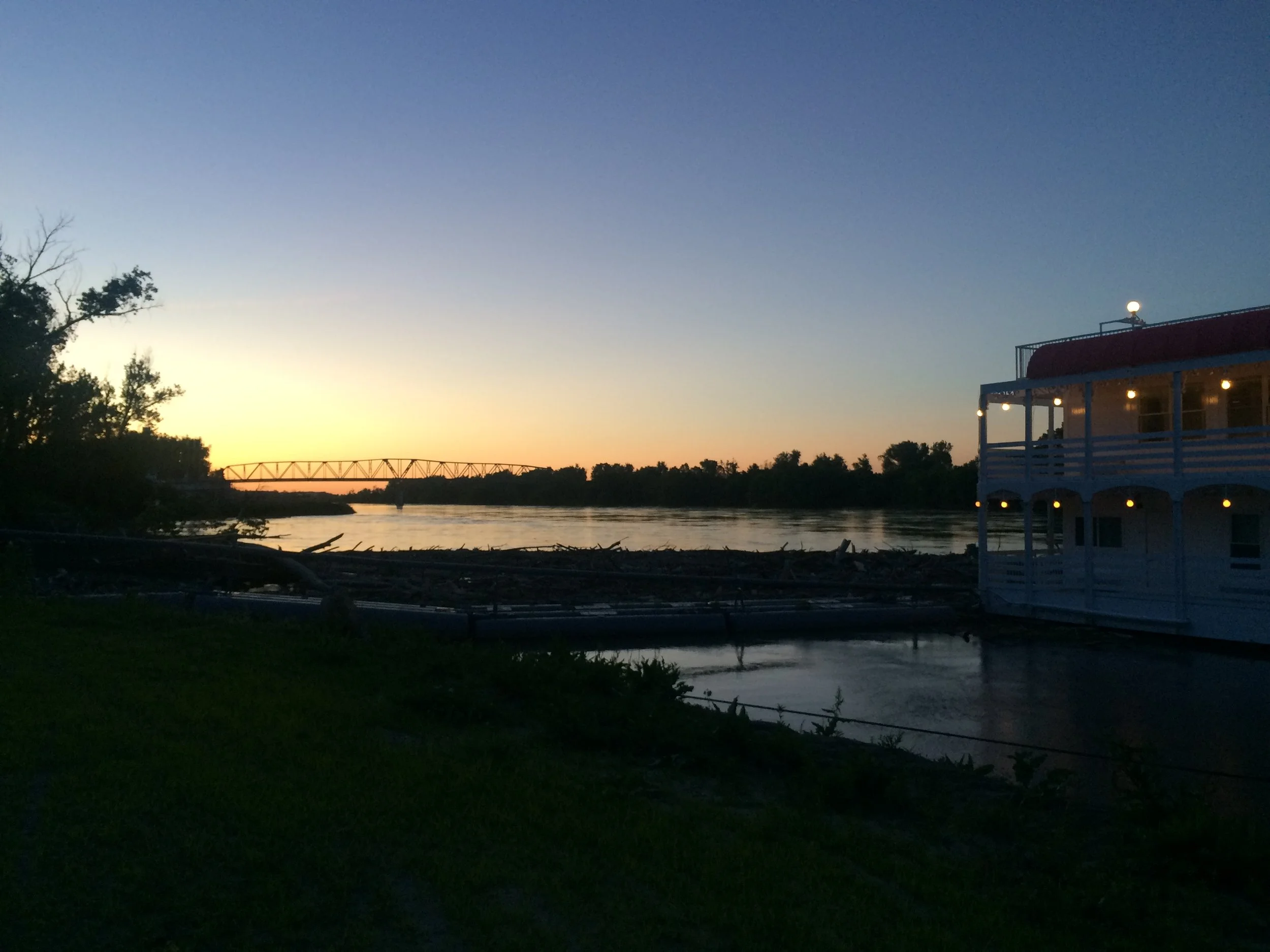
Historic Brownville, Nebraska
Step back into a time when life moved slower like the peaceful flow of a river.
Historic Brownville, Nebraska takes you there.
Brownville’s roots steep back to the mid-1800’s where it was a bustling community, comprising of pioneers dreaming of creating a new life for themselves on the western frontier. Located on the Missouri River and founded in 1856, the town grew from the steamboat industry and, thinking long-term, early city planners prepared for it to become the capital of Nebraska. Brownville was the location of the first high school in the state as well as the first land office where homesteaders could go out to claim their new farmland. When the railroad industry grew, Brownville passed a bill to bring a certain railroad company through town, with the expectation of bringing more people and prosperity. Unfortunately the opposite occurred. The railroad company went bankrupt and the community was still legally charged to pay the bond. Taxes were extremely high and when a large fire ruined much of the town, many people left for other communities.
Today, Brownville is a quaint village that still radiates the cultural advances of a larger town. With activities and events throughout the year, many tourists visit Brownville and fall in love with the historic, slow paced community. Favorite attractions include the Brownville Concert Series, Brownville Village Theater, Flatwater Folk Art Museum, museums of homes and original buildings maintained through the Brownville Historical Society, Whiskey Run Creek Winery, the Spirit of Brownville and River Inn Resort, the Captain Meriwether Lewis Dredge, Gospel Coffee & Ice Cream, art galleries and more!
For further reading about the history of Brownville, visit here. Additional information about today’s Brownville including merchants, shops and events can be found here.
About
Brownville, Nebraska


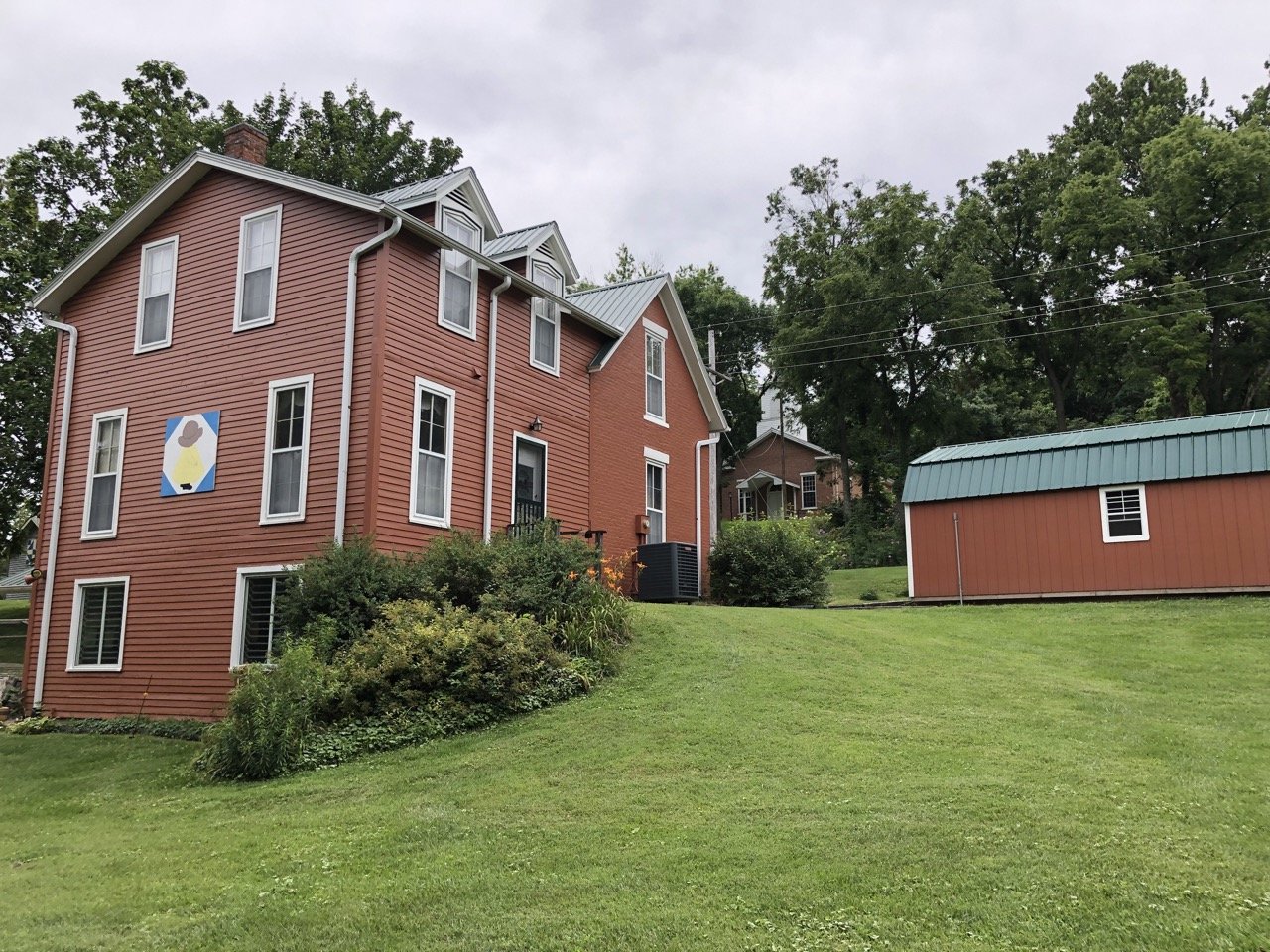
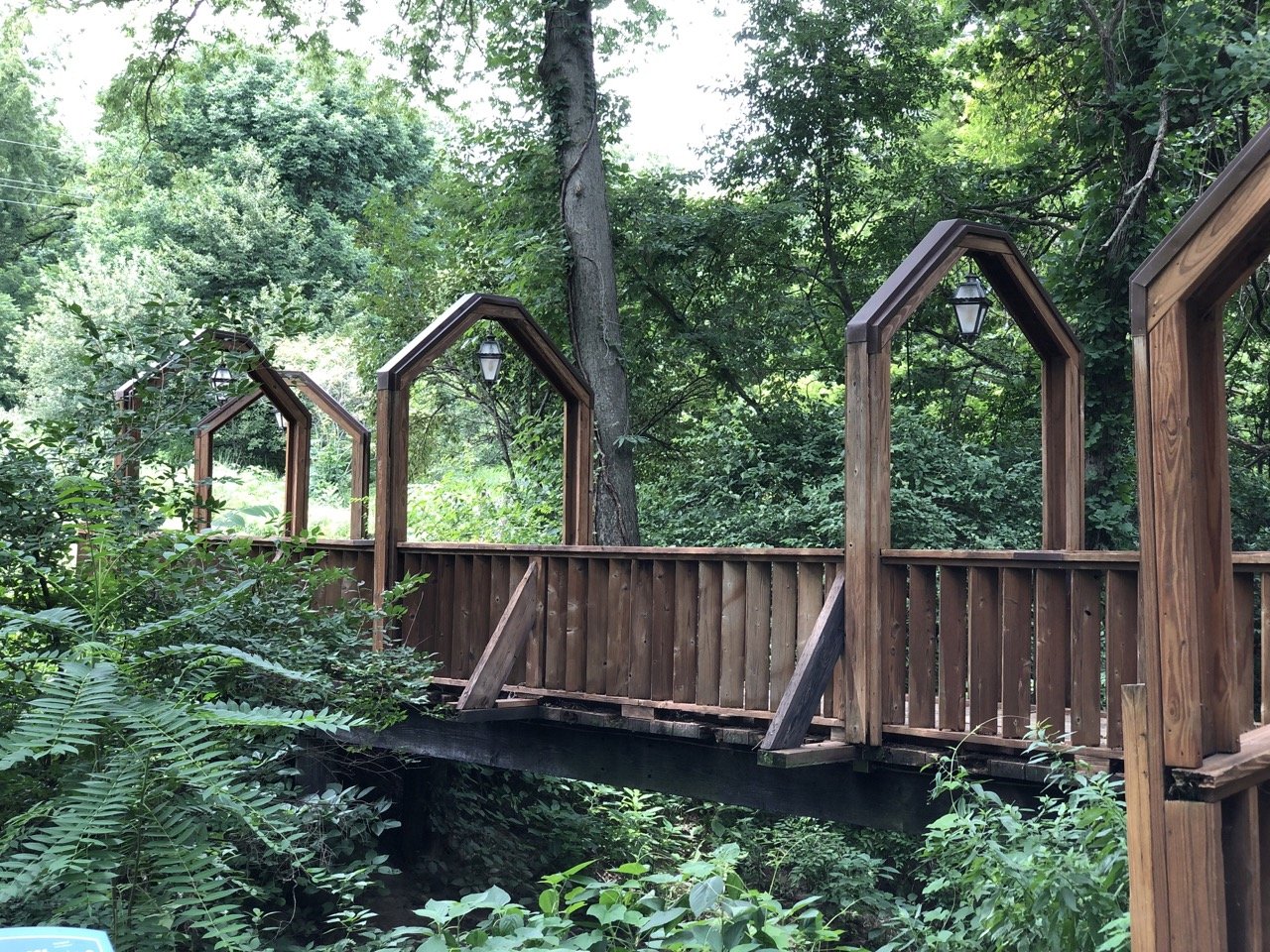

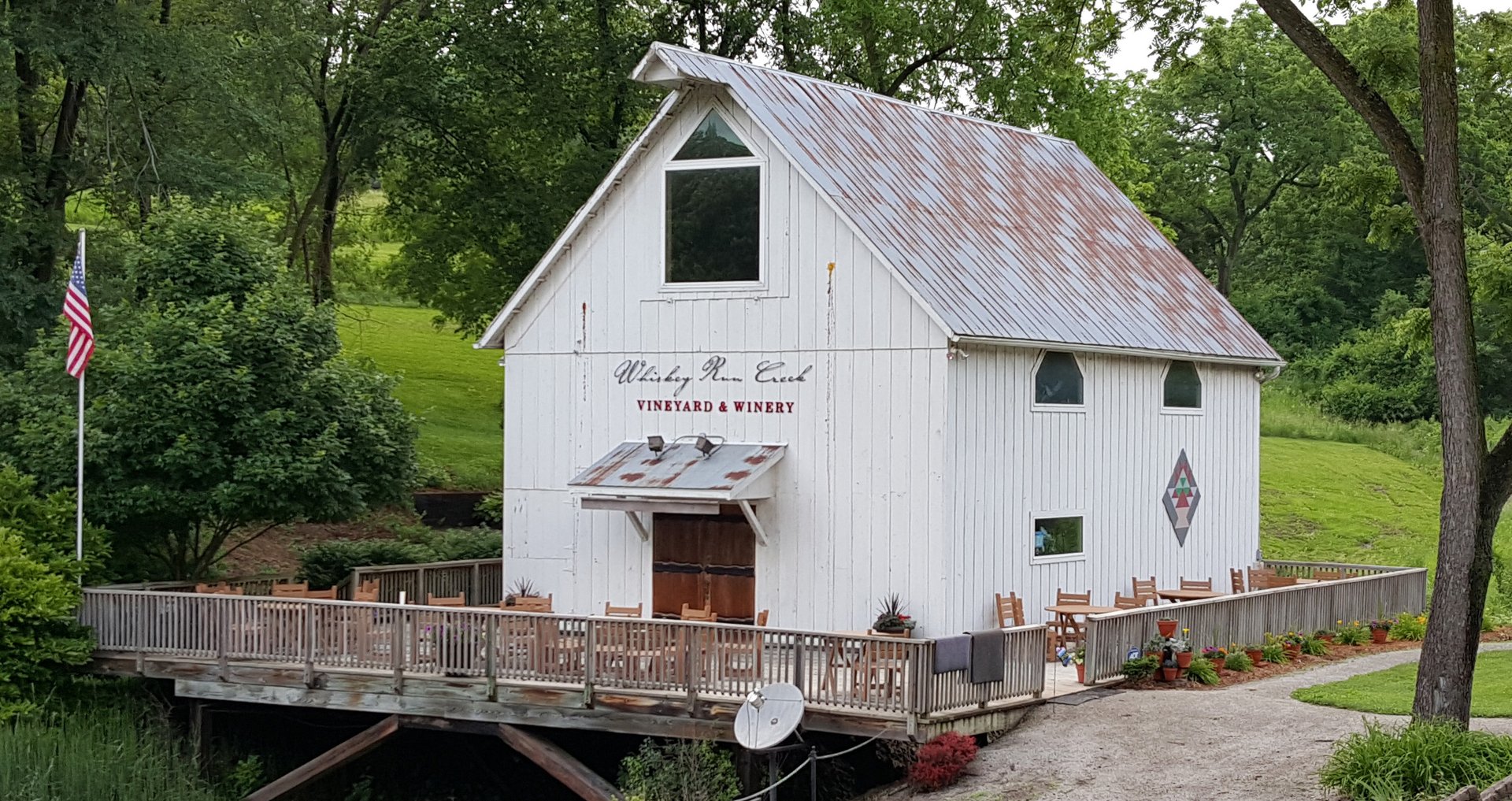
Harpists participating at the 2024 Nebraska Harp Retreat will be staying at the historic Muir House in Brownville. Built in 1867 by Scottish native Robert Muir, this original home overlooks the village, is built of native bricks and is Nebraska’s oldest example of Victorian Italianate architecture. A feature of the home is the cupola that allows one to view 360 degrees around the land. This feature was part of the home’s original plan but not built until the previous owner, James H. Keene III, added it in the 1980’s. Other unique elements of the home include rich walnut wood doors, 15 feet ceilings, and an expansive dining / sitting room. Additionally, the home is located right across the street to the Brownville Concert Hall, where the concerts for the Nebraska Harp Workshop Retreat will take place.
The Muir House
